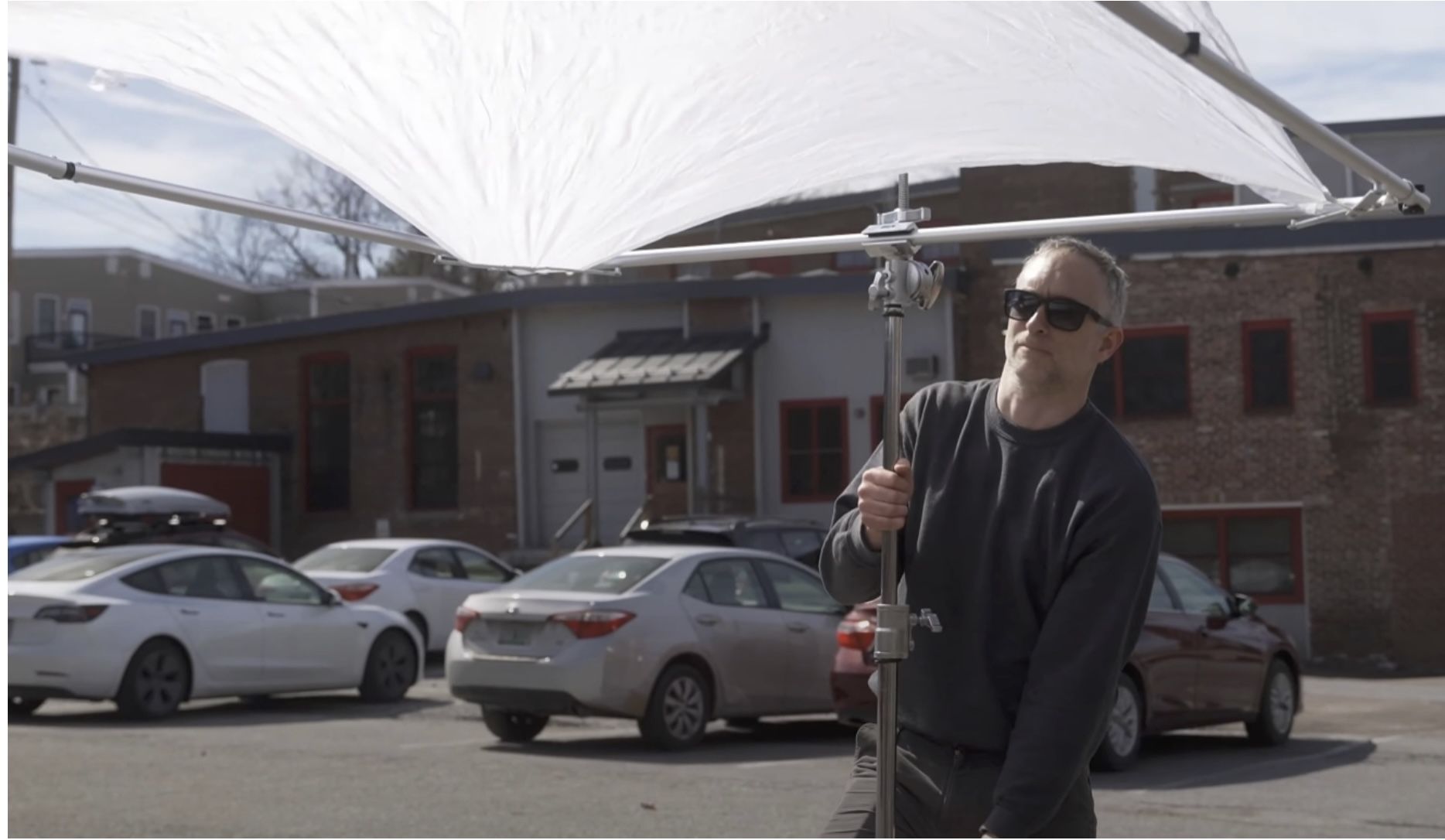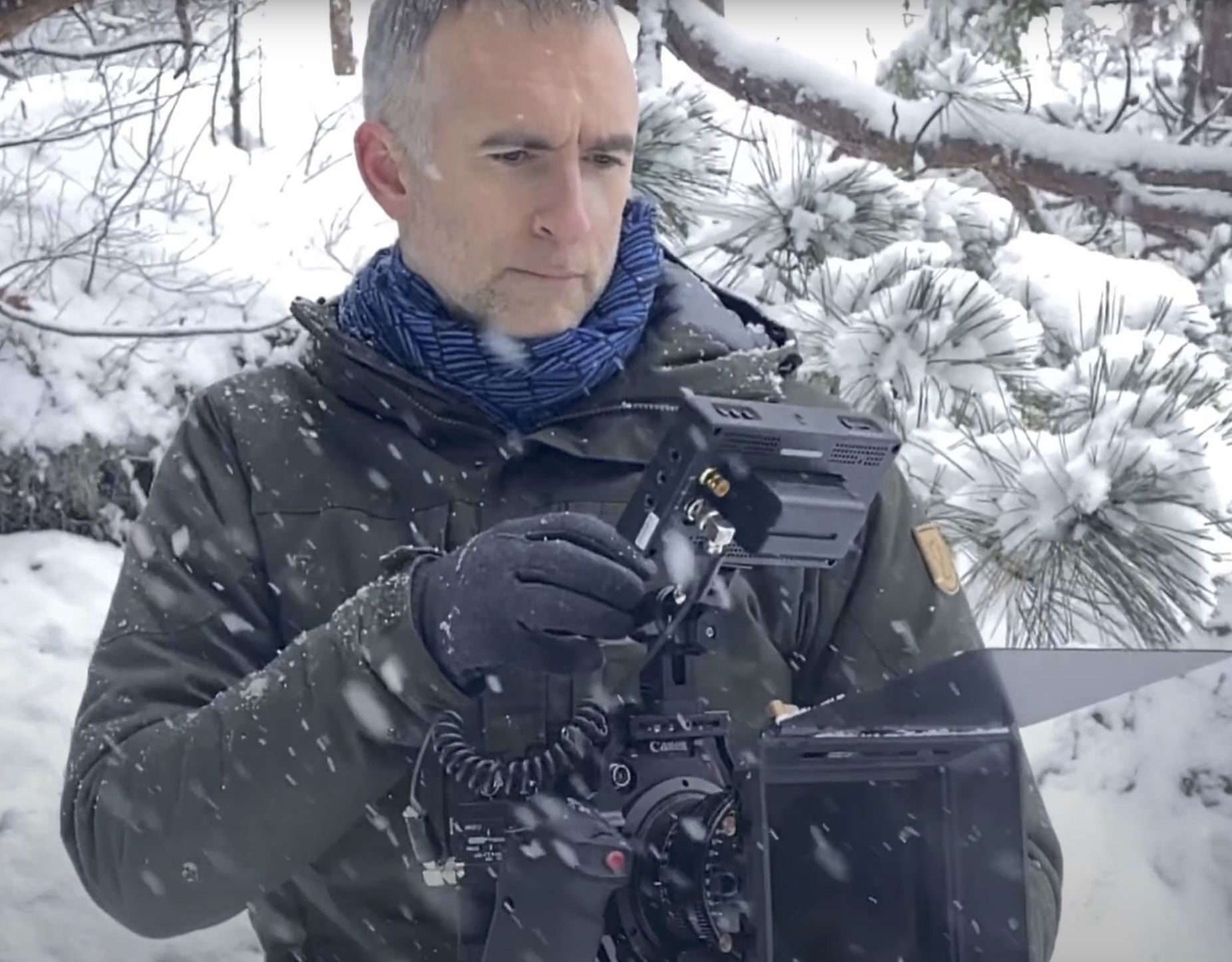3 Tiers of Gear for All Filmmakers
Today we are looking at gear and the three levels of gear that most people progress through
over their career and what level of gear you should buy.
There are Three Levels of Gear for Filmmakers
Beginner: Cheap gear
Intermediate: Professional gear
Advanced: Super premium
These are not always separated by brand. Sometimes one brand makes all three levels. Sometimes one brand has a beginner and a professional version. Sometimes a brand has a professional and a super premium version, but most of the time, brands focus on one particular instance.
Entry Level Accessories
So, you have your small rig beginner entry-level stuff. You have your Shape or your Polar Pro
professional-level stuff. Then you have your Arri, Panavision, and super premium stuff. Take matte boxes for instance. You can get a $50 to $75 matte box from SmallRig or any number of Chinese-made, knock-off companies. There are variations of quality within them but they're all pretty similar. They all work most of the time, but I wouldn't suggest trusting them with critical project success-based things. You certainly wouldn't want to trust your camera to them.
It makes a lot of sense to start with a hundred-dollar one to see if you actually use it. Then if you get use out of it and you run up against the limitations of the entry-level, then invest in a professional one.
Now some entry-level stuff works great for your entire career. I've had some Impact brand light stands that I've used for 10 years now. I don't feel the need to go out and buy $100 or $200 Matthews light stands, $20 ones work great for what I use them for.
Intermediate, Pro Level Accessories.
So next you have your pro-level accessories or gear. This would be as far as matte boxes and camera accessories go, the Shape, Polar Pro, and Kondor Blue. These are the pro Apurture lights rather than the Godox beginner versions.
As far as matte boxes go, you're looking at a five to seven-hundred-dollar matte box, but these things should last forever if they're treated well. They don't have as many complications, extra accessories, or nice little finishes. They're not typically made of super-premium materials like carbon fiber. They're not from premium brands like Arri. 99% of the time they do a really good job of what they're designed for.
If you're someone who shoots with your camera once a week or a couple of times a month, then you'll probably get through your entire 20 years of shooting with this professional-level gear.
To put it another way, these cages, these matte boxes, rails lights will last longer than the technology window that they're shooting on. The matte box and the cage will last longer than the camera.
To put it another way, these cages, these matte boxes, rails lights will last longer than the technology window that they're shooting on. The matte box and the cage will last longer than the camera.

Super Premium Advanced Gear
The last level is the super-premium. Now we're talking about, believe it or not, five-thousand dollars for a matte box. Seven-thousand dollars for a matte box from something like RE or Bright Tangerine. These are made of premium materials and they have lots of extra bells and whistles. They have lots of cool little features that allow you to move the handle in different directions. They're partly a status symbol, but the main thing for the super-premium is that they're meant to be used every day for decades at a time. So, rental houses, even on cheap cameras, will buy Arri accessories because they're expected to work and function and protect the camera.
So a rail system, cage, or a matte box, they’re expected to be used every single day on set for years at a time and they're supposed to be smashed around and still survive. They're more resilient they're more intelligently designed. They put more R&D into them, but there is also a dimension of vanity in having an RE cage and paying 10 times what the small rig version costs.
I have to say that there is a thing called the law of diminishing returns. Just because you paid 10 times for an Arri cage or an Arri matte box than you did for a smaller one; it doesn't work 10
times as good. This is true of cameras too. When you pay twice as much, you usually don't get twice as much camera. You usually get 10% or 20% more camera or one or two more functions.
Who is buying the super-premium stuff? Usually, people that are working on set day in and day out are able to pass that cost back to the production. So if you're a camera operator or a DP and you're renting your camera to the production and you're on a tv show that shoots six months out of the year, you're able to pay that matte box or that cage or the handle or that tripod off in probably a couple of months.
That doesn't mean that you don't get to keep charging them five percent of the cost for the next three years and make quite a lot of money. That is when you're able to actually make a lot of money with premium accessories and things like lenses.

Entry-level, Professional, and Super Premium Lenses
If we were talking about lenses here you have your entry-level Rokinons or DZO Primes. Then you go to your professional version of your Sigma and your Canon. Then you have super premiums like Cooks, RE, and Zeiss Super Speeds. You know, the hundred thousand dollars a set lenses. It really takes a lot to look in and see the difference between the fifteen-thousand
dollar set to $150,000 set.
I would say that it's mainly in the eye of the beholder, but that doesn't mean that it's not worth that extra investment. If you're spending a hundred million dollars on a film.
I would say that it's mainly in the eye of the beholder, but that doesn't mean that it's not worth that extra investment. If you're spending a hundred million dollars on a film.
That's my look at the three different levels of gear. Wherever you are in your career and whatever your budget is, you have to look at what makes sense for the project that you're planning to use it on. Don't always rush to the super-premium, but don't always rush to the budget either. It really does make sense though if you're using a new piece of equipment to buy the budget version try it out even return it and buy something more expensive if you find out that it's really going to be helpful for you. You don't really want to spend thousands of dollars on gear that just sits on your shelf. Especially when that money can be put up on the screen to make your films better.
There’s an expanded course on Canon Masterclass called Gear Management. It covers topics like how to buy gear, how to rent gear, and how to sell gear. Basically, how to keep inventory and make sure that all your gear goes to set and more importantly that it comes back again by using checklists, using gear lists, and by using a case system.
If you're interested in the details of how to apply this and be successful as a filmmaker and running a production company, check it out at canonmasterclass.com.


